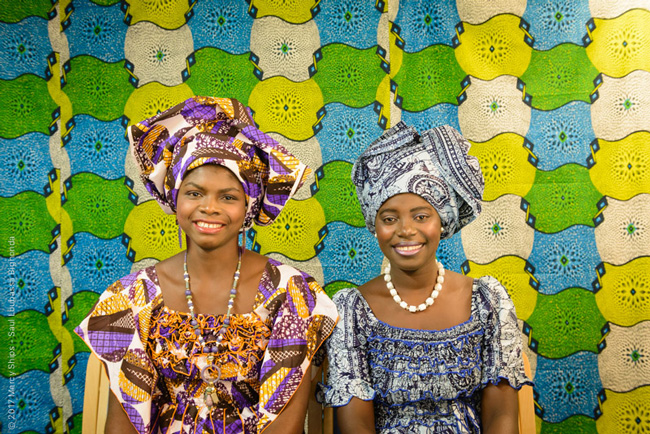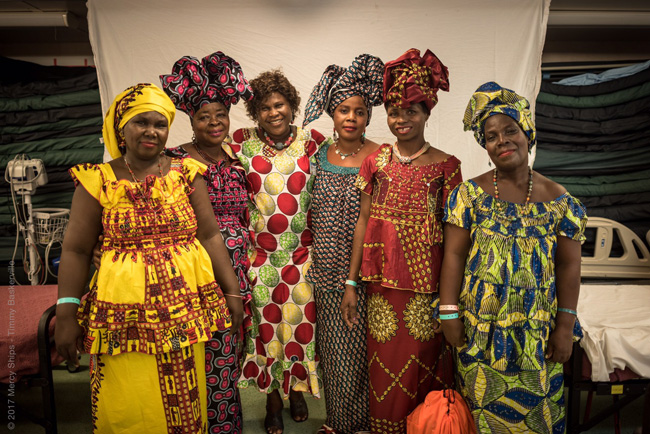
Dr. Sherif Emil is a pediatric surgeon at the Montreal Children’s Hospital and a professor of pediatric surgery at McGill. Dr. Emil is currently in Douala, Cameroon, on his third mission to the Africa Mercy. The Africa Mercy is the world’s largest civilian hospital ship dedicated to bringing hope and healing to tens of thousands of the world’s impoverished populations. This is the second instalment of Dr. Emil’s dispatches from aboard the Africa Mercy.
By Dr. Sherif Emil
It is Friday afternoon and we are winding down our day in the operating room quite a bit earlier than usual – around 2:30 p.m. We just completed the reconstruction of a young girl’s abdominal wall. After complications arising from surgery for ruptured intestines, she went on to have seven additional operations that left her with a massive abdominal hernia extending from her pelvic bone to her rib margin. She was fortunate to be alive but she was left with a severe disability. The surgery goes very well and we are elated with our immediate results. We now pray for healing without infection or other complications.
But I am also elated because today, for the first time, I will experience an Africa Mercy classic – the Dress Ceremony.

Like the case of our patient, most surgeons who come to Africa see and treat diseases they never see at home. One of those is vesicovaginal fistula – or VVF. The condition arises after obstructed labor, where no resources for Cesarean section are available. The severe pressure on the vaginal wall cuts off the blood supply and allows a fistula – an abnormal channel – to develop between the vagina and the bladder. These women are not incontinent – they are worse. They leak urine continuously all day long. Even pads and diapers are not enough. They develop a characteristic stench that leads to their rejection by their husbands and their communities. They are ostracized and isolated. It is a life sentence of misery, shame and loneliness. I first learned about this disease when I met Catherine Hamlin many years ago, an Australian missionary obstetrician/gynecologist who established the world’s first VVF hospital in Ethiopia, and brought this African curse to the world’s attention.
VVF is also a specialty of the Africa Mercy. And the Dress Ceremony is an iconic trademark of the Ship. It is a hot, humid day on the Ship’s open deck. But the Ceremony is standing room only, packed to capacity. Women who have been cured of their fistulas through operations by the Ship’s gynecologists are given the gift of a new African dress, shoes, and make-up. They are each made to feel like there is no one more important than them that day. Many hug the nurses and the surgeons. There is singing, dancing, and happiness everywhere. For many of these women, it is their first chance to smile and laugh in years. Dr. Andy Norman, a gynecologist from Nashville, Tennessee has performed these operations over the last month. He is beaming with joy as he shares in the women’s celebration. The Dress Ceremony is a celebration not just of cure, but of transformation. They come to the Ship with pain and shame and leave with hope and pride. Truly something to witness.
The halls and walls of the Africa Mercy bear witness to the innumerable transformations that have occurred on this Ship over the past many years. This Ship is not just a vessel at sea. It is a vessel of hope and healing.
Dispatches from the Africa Mercy #1: If you want to go far…
April 6, 2018
